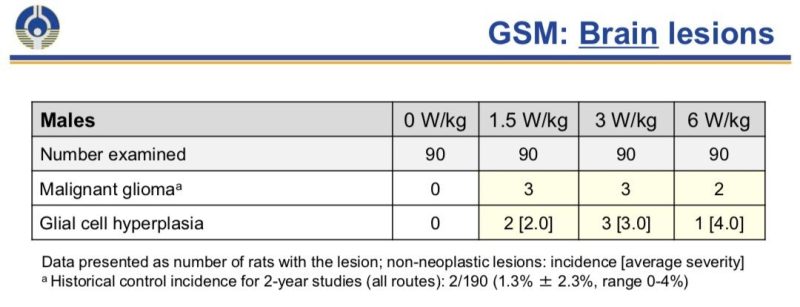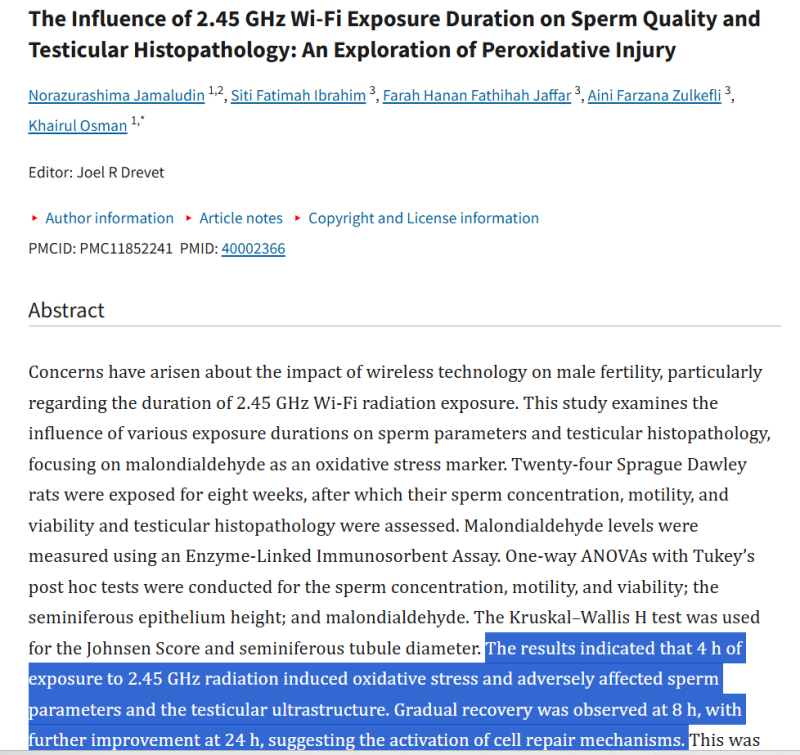Let’s be honest—no one truly knows the exact intensity or duration of RF radiation that’s safe. Research clearly reveals that biological responses to RF radiation are highly nonlinear. In other words, lower power or shorter exposure times can sometimes cause more harm than higher power or longer exposures. This critical fact, proven repeatedly by scientific studies, is why bold claims like “99% protection” by some anti-radiation phone cases are not just misleading—they demonstrate a fundamental misunderstanding of the complexity involved in RF radiation safety.
Debunking the Myth: Why No Phone Case Can Offer 99% RF Protection
In the market of anti-radiation phone accessories, eye-catching claims such as “99% radiation protection” are common. However, appealing as these promises might sound, they starkly contrast with the complex reality of how RF radiation impacts biological systems.
The Science of Nonlinearity

When addressing RF radiation, the relationship between exposure and biological effects defies simplicity. Robust studies, including those by the National Toxicology Program (NTP), illustrate this clearly. For instance, the NTP discovered more instances of cancerous lesions at lower exposure levels (1.5 W/kg) compared to higher ones (3 W/kg and 6 W/kg). This directly contradicts the linear dose-response assumptions that underpin current regulatory safety standards.
Time and Power: A Complex Interaction
Furthermore, studies exploring exposure duration have shown startling results. For example, research on sperm cells exposed to 2.45 GHz Wi-Fi radiation indicated that shorter exposure durations (around four hours) caused significantly more oxidative stress and damage compared to prolonged exposures of eight hours or more. The explanation lies in how biological systems adapt and react. Shorter bursts of radiation may prevent cells from activating protective repair mechanisms, causing more immediate harm. Thus, protective measures cannot be accurately quantified by overly simplistic percentages.

Implications for Phone Cases
Given these findings, any anti-radiation phone case brand that boldly proclaims a precise protection percentage fundamentally misunderstands—or intentionally misrepresents—the science behind RF radiation. Realistically, protection effectiveness depends heavily on numerous variables, such as radiation frequency, intensity, and exposure duration. Simplifying this complexity into a single numeric claim is not only inaccurate, but it can also dangerously mislead consumers.
Choosing Truth Over Marketing
It’s time we discard false promises and prioritize truth and science. If you’ve purchased a phone case promising “99% protection,” it might be time to reconsider that choice. The only responsible approach is transparency—acknowledging the intricate nature of RF radiation exposure.
Go with QuantaCase™: Science, Not Sales
QuantaCase™ stands apart as the world’s only RF Safe-approved phone case, explicitly designed by experts who deeply understand the quantum nature of wireless radiation. It doesn’t rely on flashy percentages or marketing gimmicks; instead, it promotes responsible usage practices backed by solid scientific understanding.
Choose science. Choose honesty. Choose QuantaCase™.







